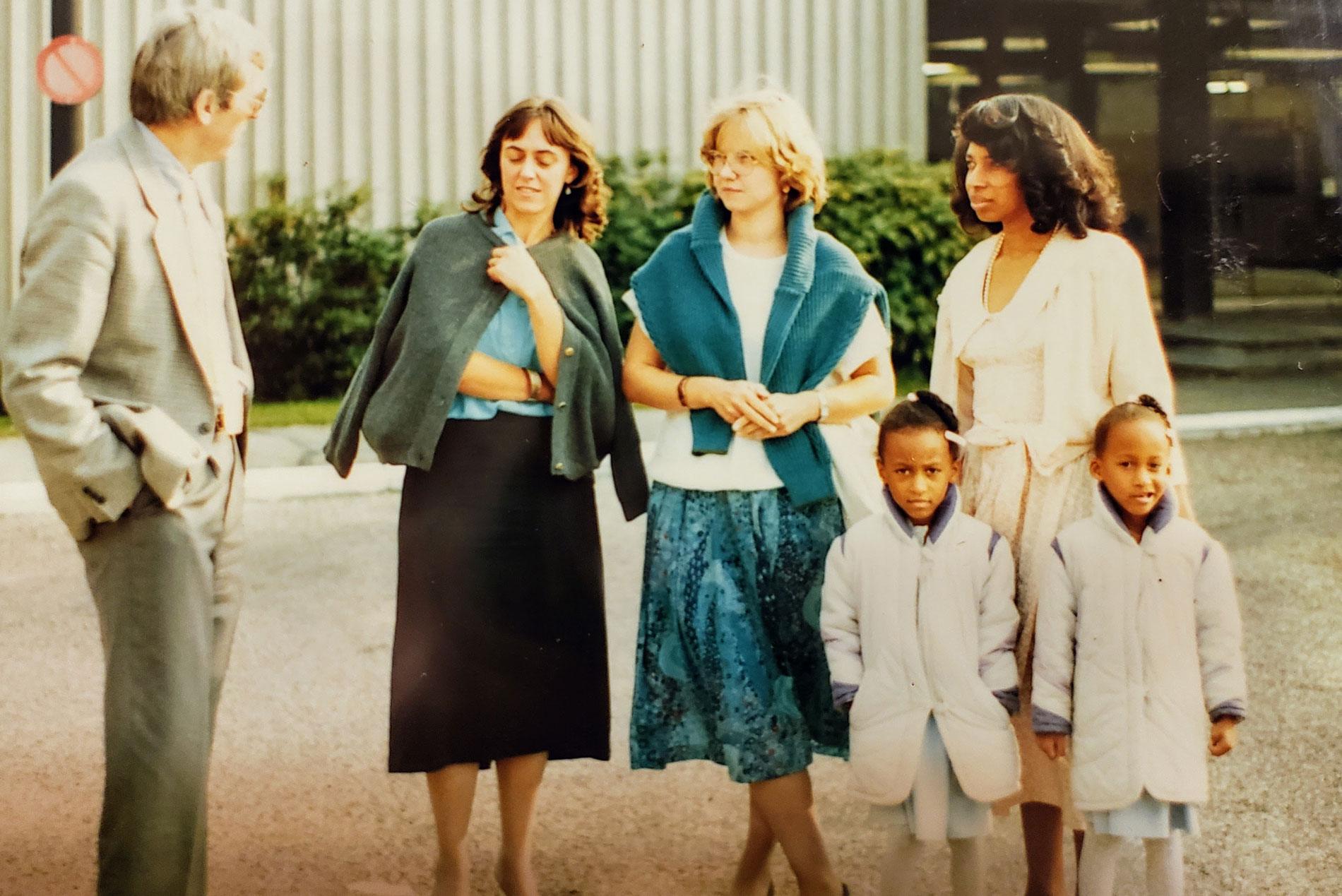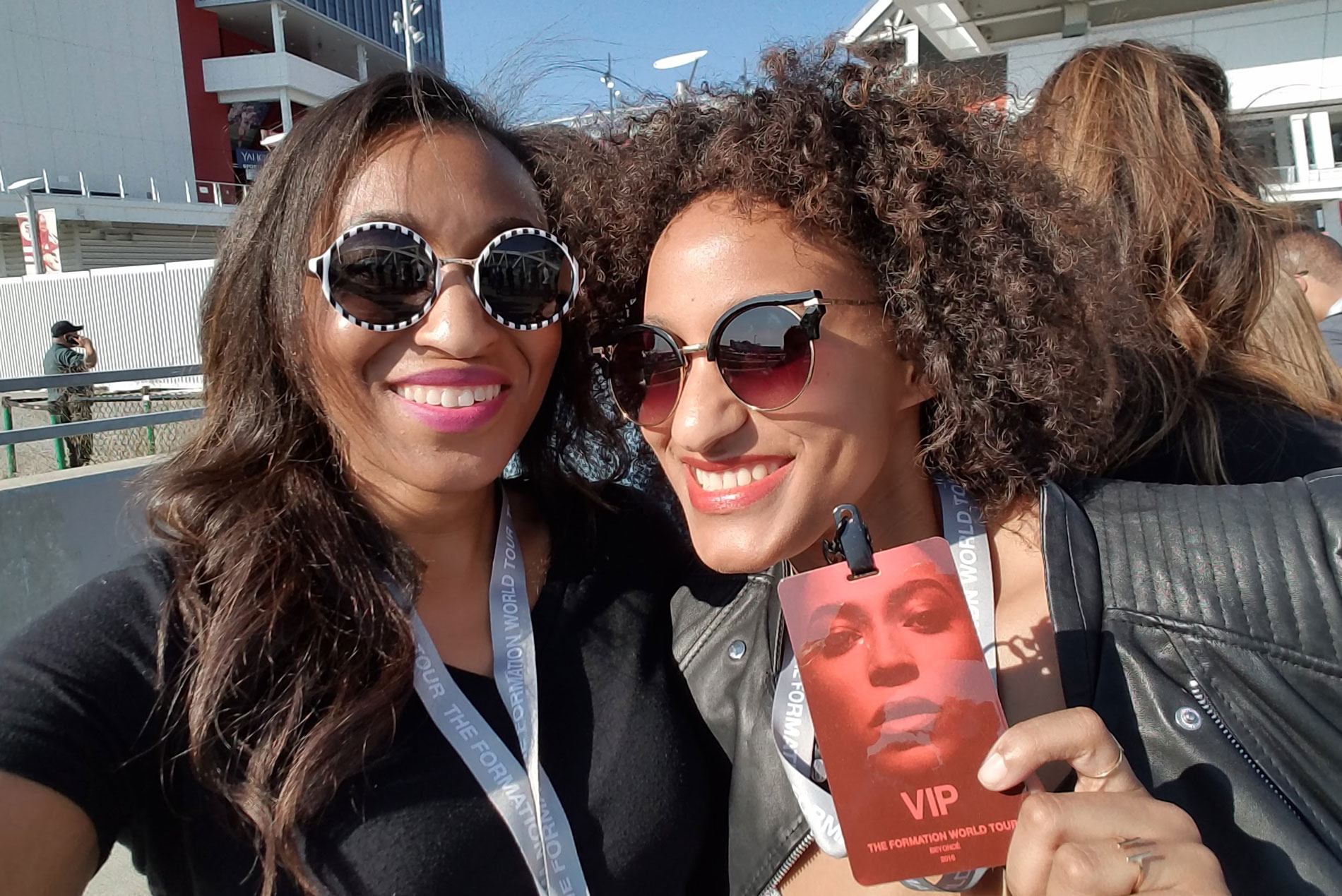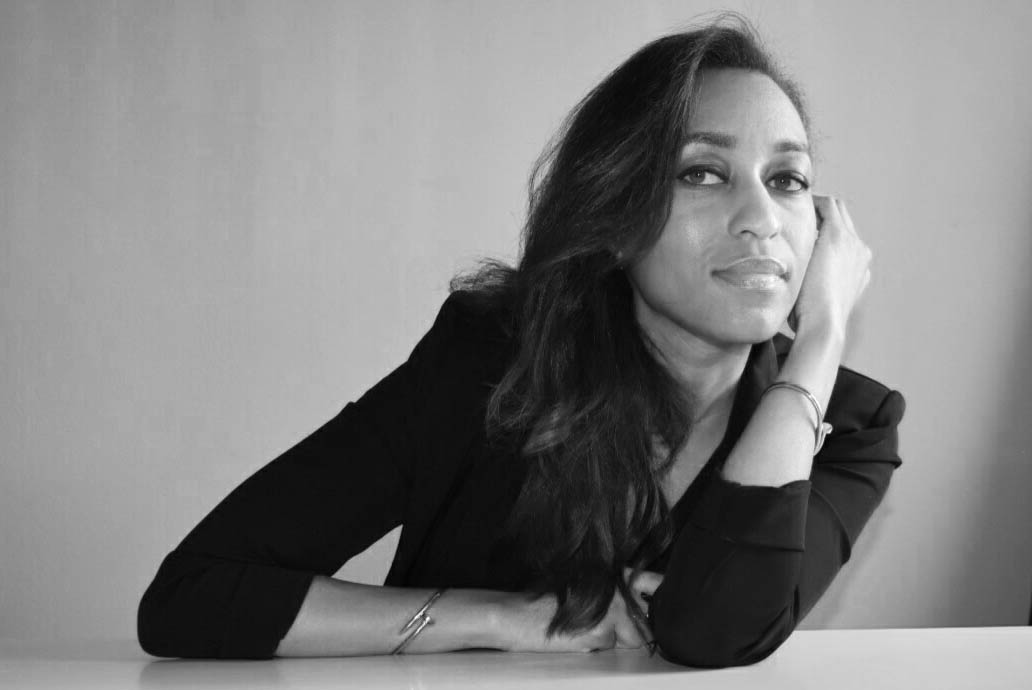The design principal for HOK’s Los Angeles studio discusses being a Black woman in a majority white male profession and finding outside inspiration in family and pop culture.
Shortly after passing her final licensure exam, Adaeze Cadet ordered a pendant necklace with the word “ARCHITECT” spelled out in all caps. Wearing the jewelry is a daily reminder of who she is and how much she has accomplished.
Though their numbers are growing, women account for just 25 percent of the members of the American Institute of Architects. An even smaller percentage of AIA members—2.12 percent—identify as Black. Rarer still is Adaeze. Black women like herself account for fewer than 1 percent (0.66 percent) of AIA members. (Figures based on the AIA’s 2019 membership survey.)
Despite these odds, Adaeze has created a name for herself as bright and bold as the one dangling from her neck. In a career spanning a decade and half, she has shaped the design of luxury hotels, residential towers and mixed-use developments across the West Coast—and broken a few glass ceilings along the way. Adaeze was the first Black woman to be named a principal at her previous firm. In 2021, she joined HOK as design principal in Los Angeles, becoming the firm’s first woman to hold a design principal position.
In the following Q&A, Adaeze shares the story of how she got to where she is and offers advice to other women and people of color looking to make their mark in architecture and design.

A young Adaeze (lower left) with her twin sister, Akilah, and her mother, Melissa Cadet, during a visit in the early 1990s with their Belgium extended family in Ghent, Belgium.
Who or what inspired you to become an architect?
It’s something I’ve always gravitated toward. When I was in kindergarten, I would organize my friends to build our playhouse and put things in a certain order. I was very particular about it. I also loved LEGO and K’NEX. Just manipulating space and understanding how people inhabit space always fascinated me. When I was nine, I was like, ‘This is what I’m going to do with my life.’
After you realized you wanted to be an architect, at what point did you also realize that—statistically—not many people look like you in this profession? And how did that impact your desire to be an architect?
My mom nurtured my desire and fascination with architecture. We’d go to the library and check out books, and I would flip through them and look at the pictures. It was then that I realized nobody really looked like me. There were few—if any—women and there were no Black people. So, I definitely noticed it. But it wasn’t something that deterred me. My mom has always been passionate about civil rights and following your dreams. There really was no dream I didn’t feel like I could achieve. I was fine about not looking like everyone else. I thought, ‘OK, I’ll be the first one.’ I didn’t want that lack of representation to be a deterrent, and my parents really wouldn’t let it be.
Video: Adaeze shares how her mother and Beyoncé have motivated and inspired her.
You’ve broken barriers by becoming the first woman and Black woman to hold leadership titles during your career. Have you always thought of yourself as a trailblazer?
I don’t think I ever saw myself as a trailblazer, necessarily. I always put the work first. My obsession with design is what has always motivated me. As I said, I didn’t really have a mentor in the architecture space, which is probably why mentorship is so important to me now. I want to give back and bring more people into the industry—more women, more people of color—and let them know it can be done. Being the first at HOK and elsewhere is kind of weird to think about in 2021-2022. But it’s still happening, and I’m happy to wear that in the sense that I’ve proved the haters wrong.
Are you hopeful that the architecture and design profession can become more diverse and inclusive?
I’m very hopeful. I think it is getting better. It has taken a while to admit that there is a problem. Architecture was founded as a very white male, rich and elite business. That’s where its roots are. We have to fully accept and acknowledge that first and then figure out ways to improve diversity and inclusion in the profession. I feel that has started to happen over the last 5-10 years. More and more people are aware of the issue. Now we can move with intention to change it. I’m glad that AIA is now engaging a lot more with NOMA. It’s also great to see that synergy and awareness extending down to elementary school students to help bolster the pipeline. Because if people don’t get that exposure when they’re young, they may miss out on living out their purpose and our industry will miss out on great talent.
Video: Adaeze discusses overcoming bias.
We’ve talked about some of your role models and mentors. How do you mentor others?
It’s still kind of weird to think that I’m even at the level where I’m a mentor. In my head, I just graduated college. That’s obviously not true, but I still feel that way. The first time someone told me I had mentored them was probably 10 years ago. I was like, ‘Wait. What? I’m doing it? Mentoring?’ But I do just genuinely care. I care about the industry. I get really excited when I see a young junior female designer coming into this space. I want her to know that I’m here for her to ask questions and serve as a source of encouragement. And I’m there to push them to get licensed. So, it’s just something that innately comes to me. I think it’s because of the encouragement I got from my mom and this feeling that it’s just something you have to do. You have to mentor. You have to inspire people.

Adaeze (left) and her twin sister pose outside of a Beyoncé concert in 2016. Adaeze draws inspiration from the creativity and drive of the artist and businesswoman.
What is one message you’d like to leave women or anyone who looks up to you?
One thing I’ve struggled with in my career is the concept of imposter syndrome. When you’re in these spaces and people are discounting you for the fact that you’re a woman or a person of color or they just think you’re too young. Whatever it is, it can start to weigh on you and make you second guess yourself. But it’s important to realize that you are in this space for a reason. If you’re at a meeting, a lot of women tend to wait to be asked a question. And that’s just never really going to happen. It requires you being more assertive and understanding that you’re there for a reason. The gentleman sitting next to you is spewing ideas and seeing if they stick. You have that same power and ability. So, take more ownership of that. Also, it’s important to find ways to get connected to organizations that actually cater to women and Black, Indigenous, people of color in the business, such as NOMA or AIA’s Women in Architecture group. That’s where you can find people who look like you and a space to have these open conversations and dialogues and to get to hear their personal stories, tips and tricks that can help you navigate your career.
